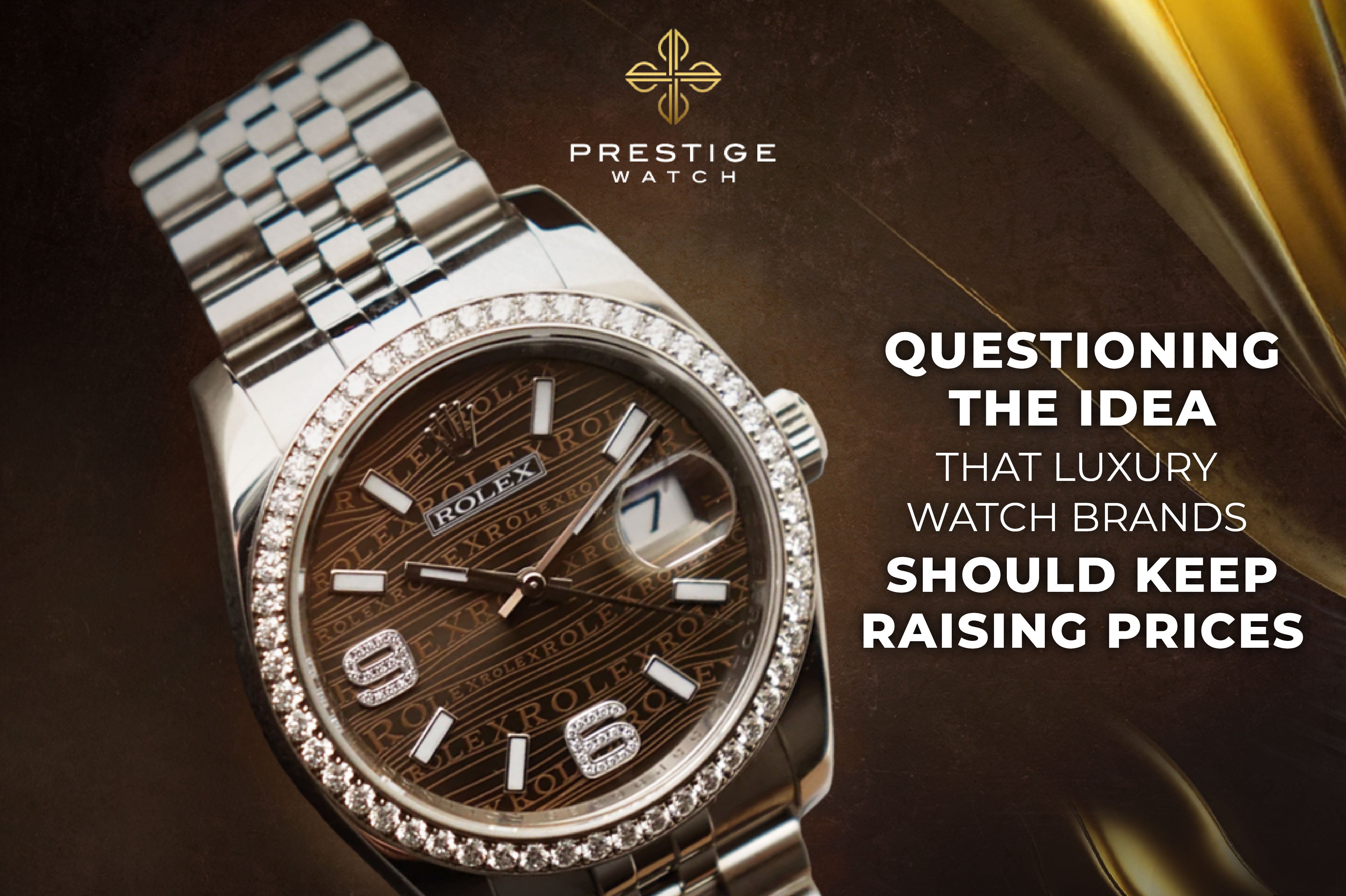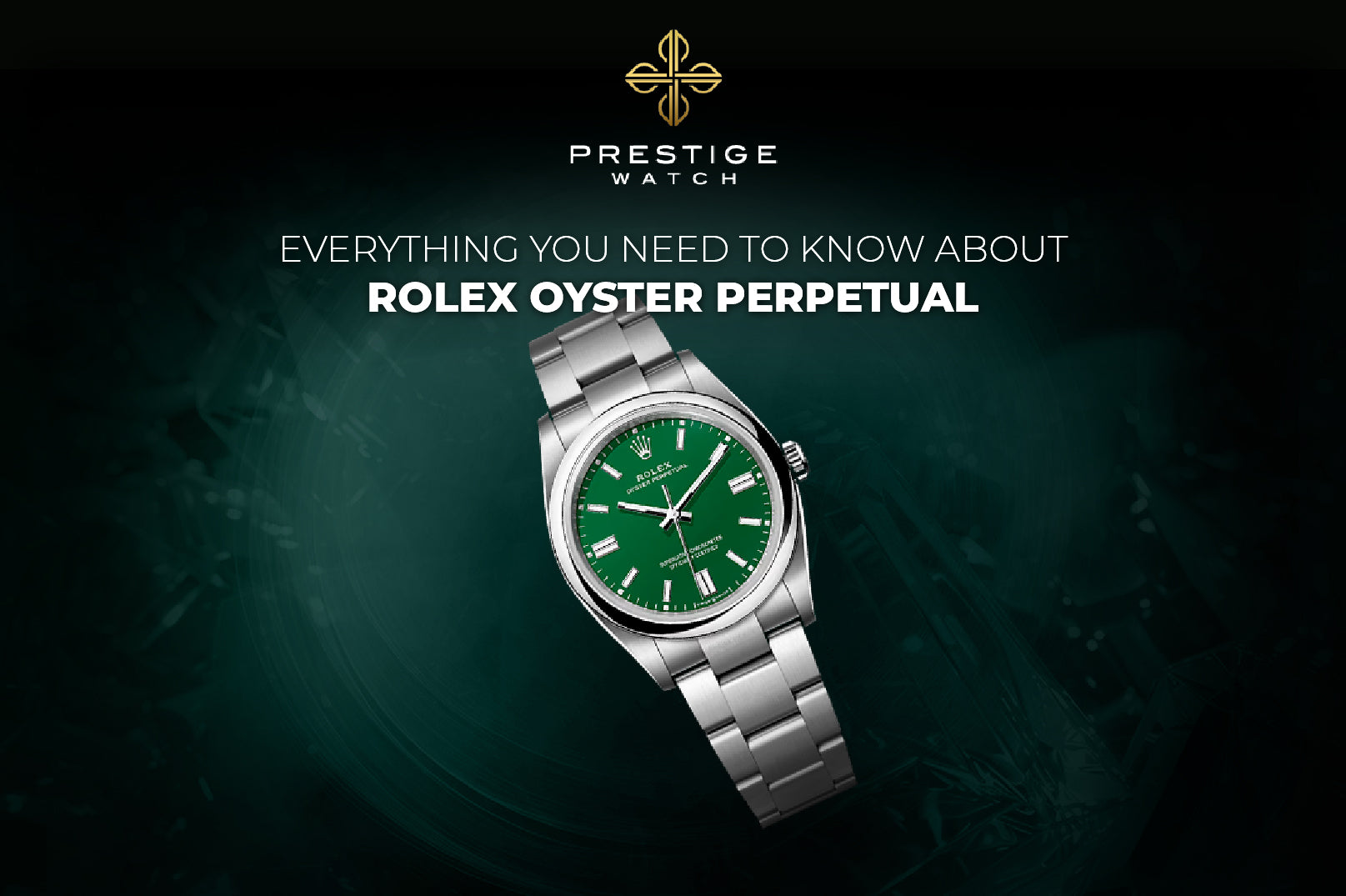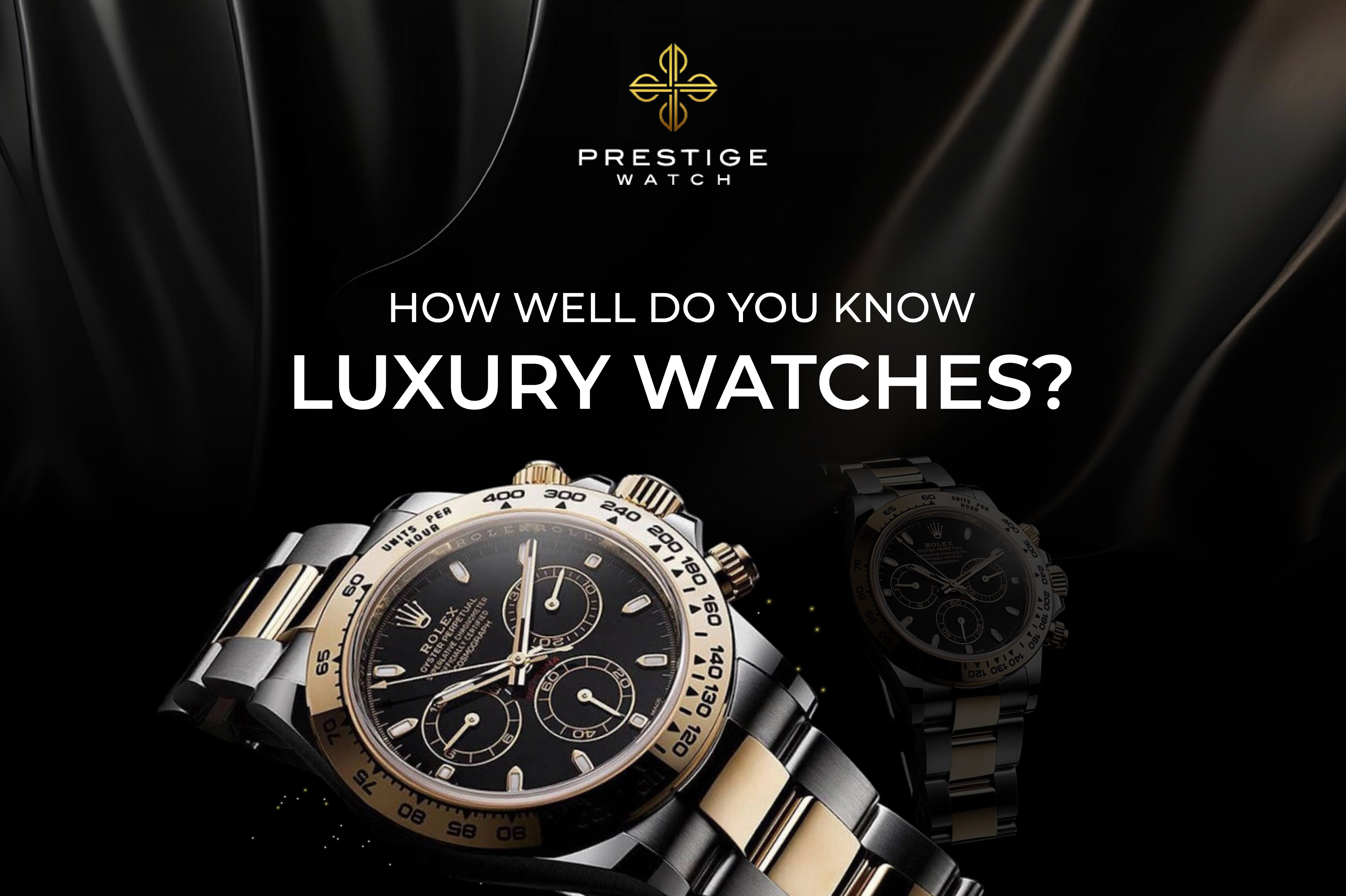In the world of luxury watches, exclusivity often comes with a hefty price tag. For decades, brands have justified price hikes by pointing to their craftsmanship, heritage, and limited production. But as watch prices climb, it’s worth asking: Is constant price escalation sustainable or even necessary?
The Allure of Exclusivity
Luxury brands have long thrived on the idea that their products are rare and exceptional. Raising prices is one way to maintain this allure. When a watch becomes more expensive, it also becomes more desirable—at least in theory. Higher prices signal prestige, reinforcing the notion that owning a luxury timepiece is a marker of success.
However, in recent years, this approach has begun to alienate even affluent customers. For collectors and enthusiasts who have supported these brands for decades, repeated price increases can feel more like opportunism than exclusivity.
The New Consumer Landscape
The modern luxury consumer is evolving. Millennials and Gen Z, who are increasingly significant in the luxury market, value experiences and authenticity over status symbols. They’re also more financially cautious, prioritizing smart investments over conspicuous consumption.
Constant price increases risk alienating these younger buyers, who might turn to pre-owned markets or independent watchmakers offering unique designs at more accessible prices. These shifts in consumer behavior could challenge the traditional luxury watch business model.
Are Price Hikes Really Necessary?
Rising production costs and inflation are common reasons cited for price adjustments. However, many luxury watchmakers operate with high profit margins. For them, price hikes often serve more to protect brand positioning than to offset costs.
Moreover, frequent price increases can create a perception of volatility. If prices rise too quickly, it can undermine consumer confidence, leading potential buyers to delay purchases or seek alternatives.
Striking the Right Balance
To stay relevant, luxury watch brands must find a balance between maintaining their exclusivity and meeting the expectations of a new generation of buyers. Transparent pricing strategies, coupled with a focus on value—such as innovative design, sustainability, and heritage—can help build long-term loyalty without relying solely on price hikes.
In conclusion, while raising prices has been a tried-and-true method for luxury watch brands to assert their value, it’s time to reconsider whether this strategy is sustainable. The future of luxury lies in understanding and adapting to the evolving desires of consumers, not just in inflating price tags.



